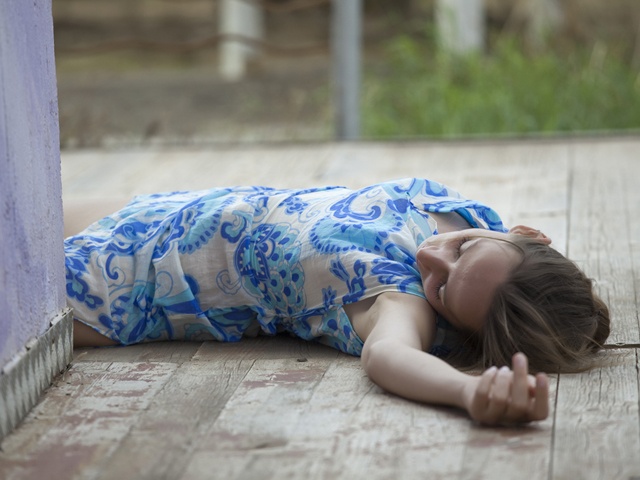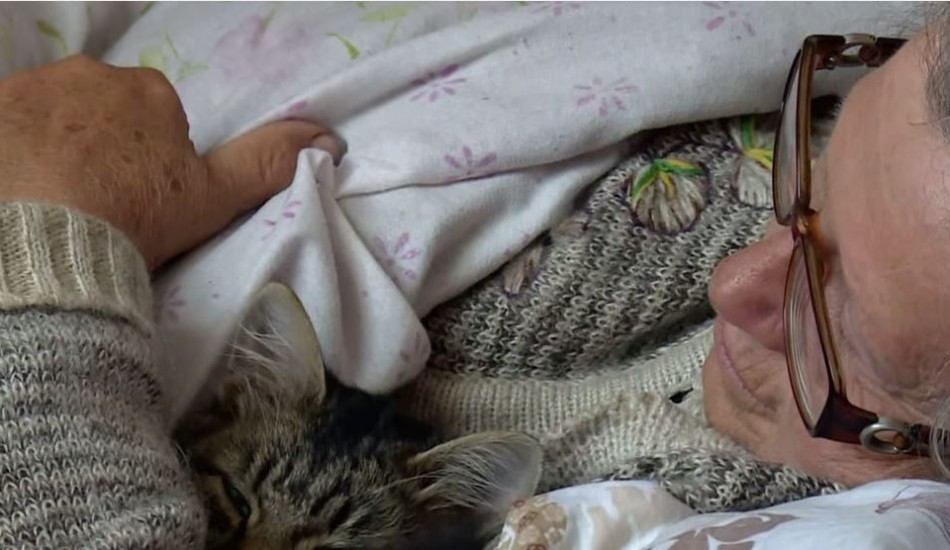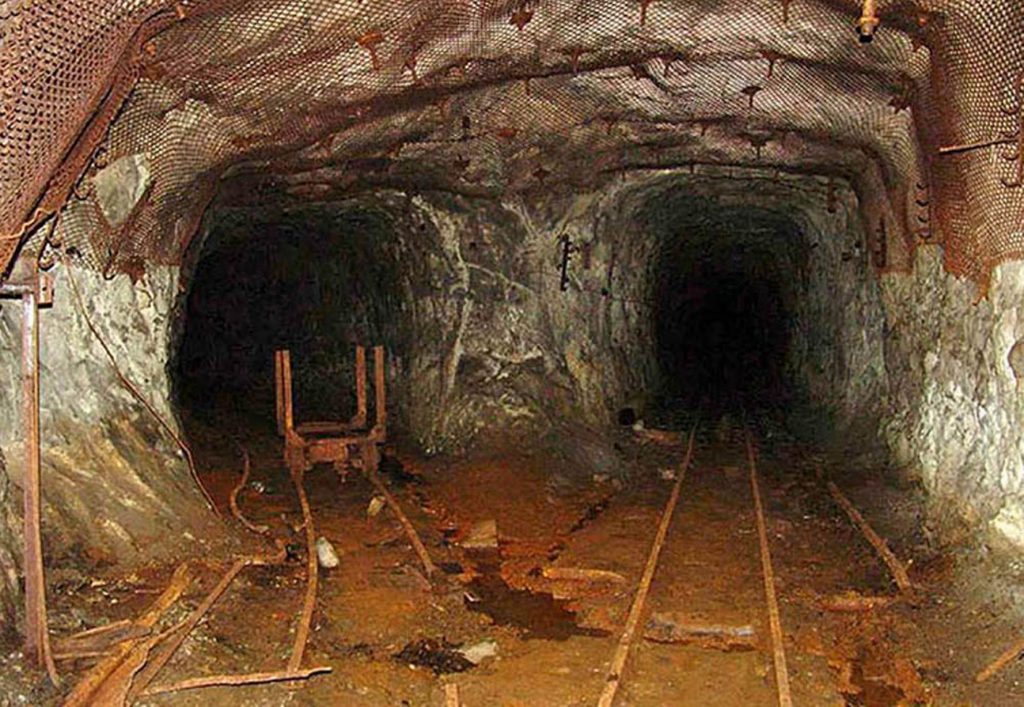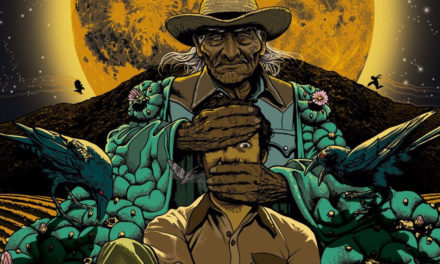Kazakhstan Sleepers
They began nodding off, sometimes for days at a time, for no apparent reason. Perfectly normal villagers, in small-town Kazakhstan, and no one knew why. In a former uranium mining town, Kalachi Village, several hundred miles from the capitol, it’s been an epidemic, involving dozens. It can strike anyone at anytime. Villagers tell of feeling normal one day, but then stumbling around for a while, then falling asleep, perhaps for days. A local ambulance driver says it looks as though the kids are drunk, when of course they’re not.
But what’s causing the sickness in “Sleepy Hollow,” Kazakhstan? Theories abound, perhaps–left over radon or some other contaminating chemical influence? But the cause is hard to isolate, and the reason that some feel normal, while others collapse into Rip Van Winkle’s sleep, remains mysterious.
One local woman offers a serious clue: “It all started after a heavy rain, with a high wind the next day,” she maintains. It’s a medical and scientific mystery of the first order.
TAKING A NAP IS ONE THING, BUT…
No one doubts the phenomenon, argues that it’s not real, that it’s someone’s imagination.
Since March 2013, the mysterious illness has affected more than 140 people in Kalachi and Krasnogorsk, two small settlements in the vast Kazakh steppe, with a total population of 810 people. Villagers would suddenly fall asleep, even while walking, and wake up with memory loss, grogginess, weakness and headaches. Some fell victim more than half a dozen times, with sufferers sleeping for up to six days.
“The sick person appears to be conscious and can even walk. But all the same he then falls into a deep sleep and snores, and when they wake him up … the person remembers absolutely nothing,”
The illness affects both old and young, with children just falling asleep at school. Some reported nightmarish hallucinations similar to night terrors.
Even pets were not immune. Kalachi resident Yelena Zhavoronkova told the newspaper Vremya that her cat Marquis suddenly “went stupid” on a Friday night and began meowing and attacking walls, furniture and the family dog.
“He fell asleep toward morning and snored like a human until lunchtime on Saturday. He didn’t react to anything, not even cat food.”
Doctors tested many sufferers, but the mysterious illness defied explanation. At first they thought the patients were suffering the after-effects of counterfeit vodka, but as the epidemic grew they began diagnosing people with “encephalopathy of an unknown origin,” a generic term for brain illnesses.
Many suspected the nearby uranium mines that were closed after the fall of the Soviet Union, leaving Krasnogorsk a ghost town with only 130 of its former 6,500 residents. Kazakhstan’s health ministry tested more than 7,000 nearby homes but didn’t find significantly high levels of radiation or of heavy metals and their salts. It detected raised radium levels in some homes, but it was not enough to explain the phenomenon.
The government has reported that the mystery has been solved and the cause does indeed lie in the uranium mines. According to government resources, after analyzing the results of medical examinations of all the residents, researchers concluded that heightened levels of carbon monoxide and hydrocarbons in the air caused it.
“The uranium mines were closed at some point, and at times a concentration of carbon monoxide occurs there,” Saparbaev said. “The oxygen in the air is reduced accordingly, which is the real reason for the sleeping sickness in these villages.”
As of July 2015, the evacuation of the two villages has begun, with authorities reportedly relocating 68 of 223 families so far.
Is the government correct in it’s assessment of the situation or is it just a convenient way to cover their tracks? Are you on board with this train of thought, or is the conductor or the investigation asleep at the wheel?
Several YouTube videos discuss the matter–remarkably, most of the narrators are strikingly monotone, as if trying to awaken from this ailment themselves!
YES, THE ENVIRONMENT, BUT WHAT EXACTLY?
(“No big deal,” say the doctors, and thankfully “no one’s died from this.” “How can it not be a big deal?” ask Moms who see their kids fall into this scary, confusing syndrome, with no clear explanation, no end in sight.)
With the clusters of “sleepers” in certain villages, very geographically delineated, it’s a no-brainer to say that it must be something environmental. But what, pray tell?
The mines were open for years, and exposure to uranium may not be recommended for your health, but it didn’t produce sleepers. Scientists measuring this, measuring that, may not have come up with a clear answer even yet, but it’s not for want of trying. You can see them in some of the videos, scouring hill and dale.
It does seem like carbon monoxide levels are higher, among other things, and that crowds out oxygen. But everyone lives in the same place, breathes pretty much the same air.
Why do these environmental peculiarities affect a large minority of people severely, but others not at all? Those individual reactions to the same environmental stimuli are often the most intriguing mystery of all.
Over time the number of mini-docs on the subject increases, most saying pretty much the same thing as all the others. Below we recommend a slow-moving thing, almost a 27-minute investment, and what’s more you listen to the local Russian and have to read subtitles. Why this one?
We’re not trying to bore you to death–the video obviously is optional–but if you want a sense of life, on the ground, in a village in a remote part of the world, if you want some taste of the lives of the people, it brings you an intimate sense of what’s happened there.
THE NEW LEGEND OF SLEEPY HOLLOW, AND THE ULTIMATE MYSTERY
No matter what environmental science decides, this mystery will be discussed in science and medicine, and discussed among Kazakh country people, a long, long time.
 These long sleeping bouts, and awakening like Rip Van Winkle with few side effects, that’s the stuff of legend.
These long sleeping bouts, and awakening like Rip Van Winkle with few side effects, that’s the stuff of legend.
We open the table to your input, your theories here.
As well, MindOverMystery will be opening a file one day, in the not too distant future, on the mystery of sleep itself. Perhaps the ultimate medical mystery.
From an evolutionary point of view it’s a bad, dysfunctional habit.
At best it leaves you running way behind any similar species who can outwork you those extra hours, take your food, your resources, while you snooze away.
At worst it leaves you vulnerable to get your throat cut, surprise attack, in the night.
Yet Homo Sapiens and most species thrive only with regular sleep. Why?
And might it be more restorative even than we imagine…might the story of the Kazakhstan Sleepers be that, except for long stretches of sleep, the health outcome for villagers would have been much, much worse?





